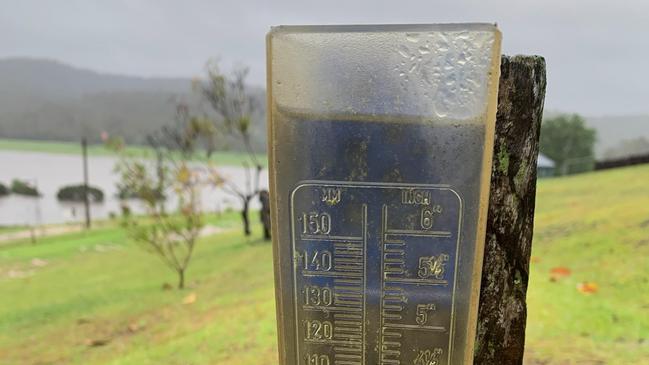James Wagstaff: Victorian farmers blame dud weather forecasts for financial losses
Forget backyard cricket, farmers have found a new summer sport to embrace: laying a boot into the tail of the Bureau of Meteorology.
Opinion
Don't miss out on the headlines from Opinion. Followed categories will be added to My News.
Forget backyard cricket, farmers have found a new summer sport to embrace: laying a boot into the tail of the Bureau of Meteorology.
The much-maligned BOM was quick to become Public Enemy No.1 over what producers say were dud forecasts that robbed them of millions of dollars in potential income.
At the centre of the storm are BOM forecasts last year of drier-than-average El Nino conditions that farmers blame for a sharp drop in livestock prices as demand for sheep and cattle evaporated quicker than the post-winter puddles.
While BOM’s predictions came true in parts of the continent, with many areas of Western Australia and, prior to late spring, northern NSW and southern Queensland feeling the pinch of drier times, they failed to materialise in most of southeast Australia where the industry – and its potential – is strongest.
Record rain in parts of southeast Australia in recent weeks and months has indeed been unusual. But the strange weather is not just showing up in the rain gauges with the barometer for extreme heat seemingly missing in action, too.

Parts of southeast Australia have not recorded a day over 40C in more than three years. A study by The Weekly Times of data from BOM weather stations in Victoria and southern NSW over the past decade found several centres had not surpassed 40C since 2021, while towns further south hadn’t hit the summer scorcher benchmark since 2019.
Albury and Wangaratta last topped 40C on January 25, 2021 – three years ago – while Horsham has not reached 40C since December 31, 2021. Stawell and Hamilton last hit 40C on January 31, 2020 – four years ago – and Ballarat on December 20, 2019.
The number of days when the mercury soared above 40C has dramatically dropped since 2019, the year preceding the deadly Black Summer bushfires.
In that year, Albury recorded 16 days above 40C, Wangaratta 15 days and Horsham 11.
Hay, in the NSW Riverina, had 28 days of 40C-plus in 2019 but just 12 during 2023, while Mildura recorded 29 then against 11 days in 2023, and Kerang 19 in 2019 but just two in 2023.
Kerang has had just eight days above 40C in the four years since 2019. Wangaratta has had eight, Nhill five and Melbourne and Latrobe Valley two.
What this means is anyone’s guess, but it ensures the summer sport of bureau bashing has many followers.
James Wagstaff is editor of The Weekly Times



